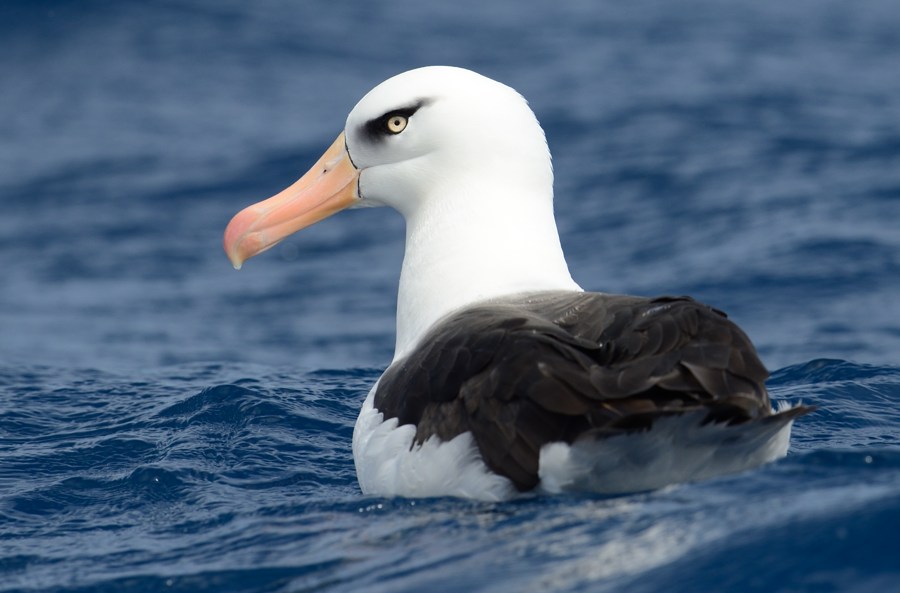 A Campbell Albatross off North Cape, New Zealand; photograph by Kirk Zufelt
A Campbell Albatross off North Cape, New Zealand; photograph by Kirk Zufelt
A report prepared by Vita Maris for New Zealand’s Department of Conservation titled, BCBC2020-11b: Development of bottom longline underwater setting devices, has been released by the Conservation Services Programme.
Noting ACAP best practice guidelines on bottom long-line fishing which include the three mitigation measures of: night setting, line weighting, and tori lines, the authors signal advantages of underwater setters, including: reduced risk to birds, increased sink rates, and the potential of daytime setting for fishers.
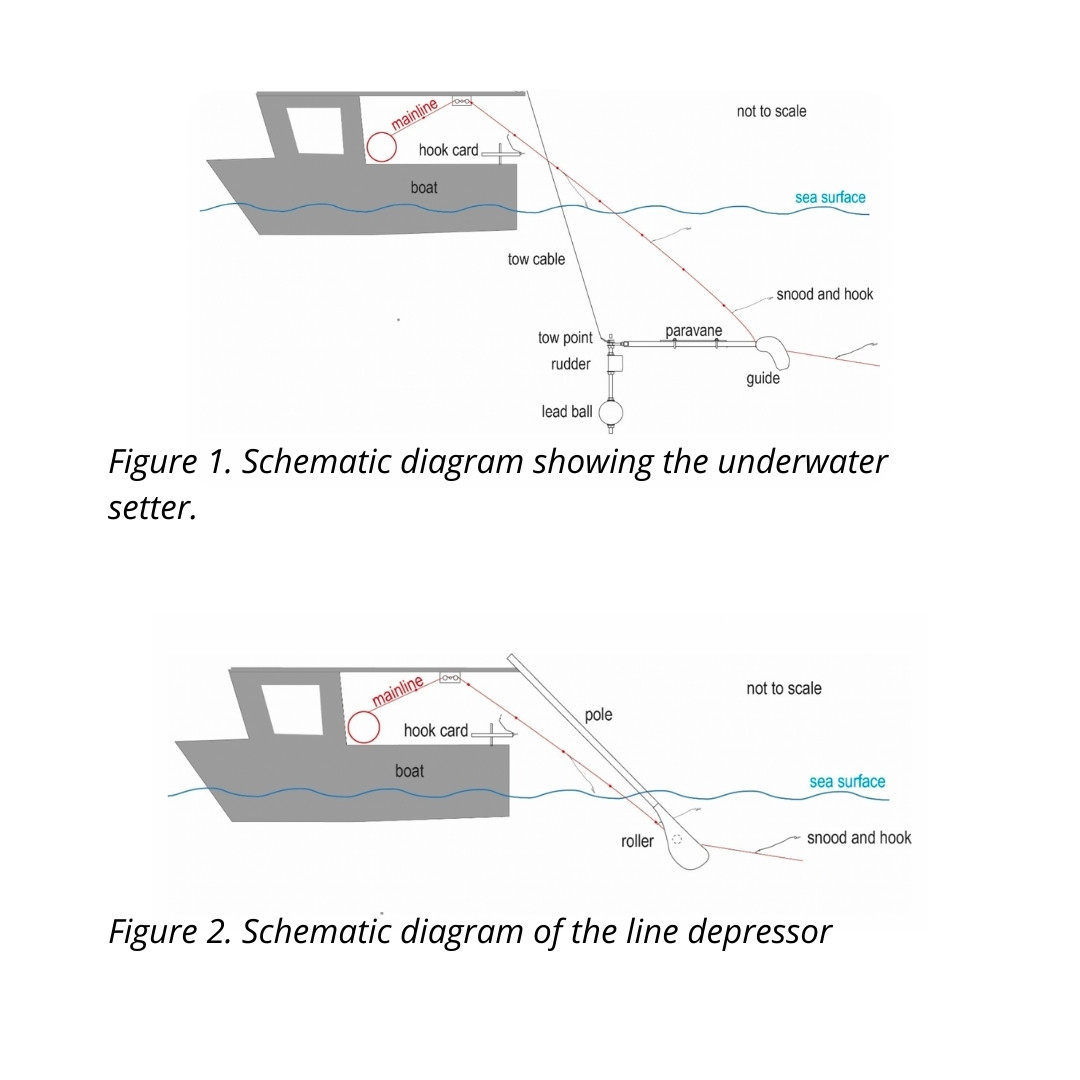 The summary as follows:
The summary as follows:
“Estimated capture rates of at-risk seabirds by the small vessel demersal longline fleet are likely to be acceptable in the long term; both scientifically (e.g., Richard et al. 2017), and from a social ‘licence to operate’ perspective (e.g., RNZ, 2020), indicating the need for improvements in performance over and above that achievable using traditional mitigation measures.
The Agreement for the Conservation of Albatrosses and Petrels (ACAP) best practice guidance for bottom longline fishing includes use of the following three measures at all times: night setting, line weighting, and tori lines (ACAP, 2019). Setting lines for the ‘bite time’ over the change of light means many sets targeting snapper in the summer months do not meet the ACAP definition of best practice (Pierre et al., 2018). Additionally, the ACAP advice recognises that night setting may not be effective in bright moonlight, or for crepuscular/nocturnal foragers, and notes that mitigation measures need to be acceptable to fishers and not affect fish catch rates. Similarly, tori lines are often not fully effective to the prescribed aerial extent (pers. obs. DG).
The introduction of mitigation standards for demersal longliners (MPI, 2019) and subsequent changes to regulation (MPI 2021) require a hook depth of 5 m at the end of the tori line aerial extent, and likely require substantial changes to gear configuration and setting speed for some of the fleet (Goad & Olsen, 2022).
Underwater setting has the potential to increase sink rates and reduce risk to birds. It is particularly relevant to meeting the latest regulations and mitigation standards, whilst maintaining flexibility of gear configuration for fishers. It also has the potential to open up daytime setting in high-risk times and places.
Efforts to reduce the availability of pelagic longline hooks to birds has focused on increasing the sink rate of the hook, either mechanically (Gilman et al., 2003, Ryan & Watkins 2002, Robertson & Ashworth 2010), or by adding weight (e.g. Robertson 2013), or protecting the barb of the hook (Oceansmart, 2011, Hookpod, 2020). These ‘hook by hook’ approaches are feasible for pelagic longlines where branch lines are longer than 10 m, baited as they are set, set relatively slowly (e.g. Robertson 2013, Goad et al., 2019), and the hook sinks, certainly initially, independently from the mainline (Robertson et al., 2010).
Conversely, the inshore manual baiting demersal longline fleet in New Zealand clip on pre-baited hooks with short branchlines (or snoods), typically 0.6 m length, to a stoppered mainline relatively quickly (Goad et al., 2010). Therefore, in order to set demersal longlines underwater, both the hook and the mainline have to be deployed at depth. This presents a different set of challenges, and a downward force must be applied to the mainline in order to achieve sufficient depth.
This report describes work undertaken developing two underwater setting devices. The first was initially conceived by Dave Kellian, and is described here as the ‘underwater setter’. It is towed behind the vessel at depth and the longline passes under a guide. Previous work is described in Goad, 2011; Baker et al., 2013; 2016; and Goad et al., 2020. The second device was conceived by Nigel Hollands and uses a roller held under the surface by a pole fixed to the vessel, with the longline passing under the roller. It is described here as the ‘line depressor’ and previous work is described in Hollands et al., 2022.”
Reference:
Goad, D., Kiddie, B., Hollands, N., Clow, A., Angel, J. 2022. Development of bottom longline underwater setting devices. BCBC2020-11b final report prepared by Vita Maris for Department of Conservation, Wellington. 30 pp.
Posted 15 August 2022
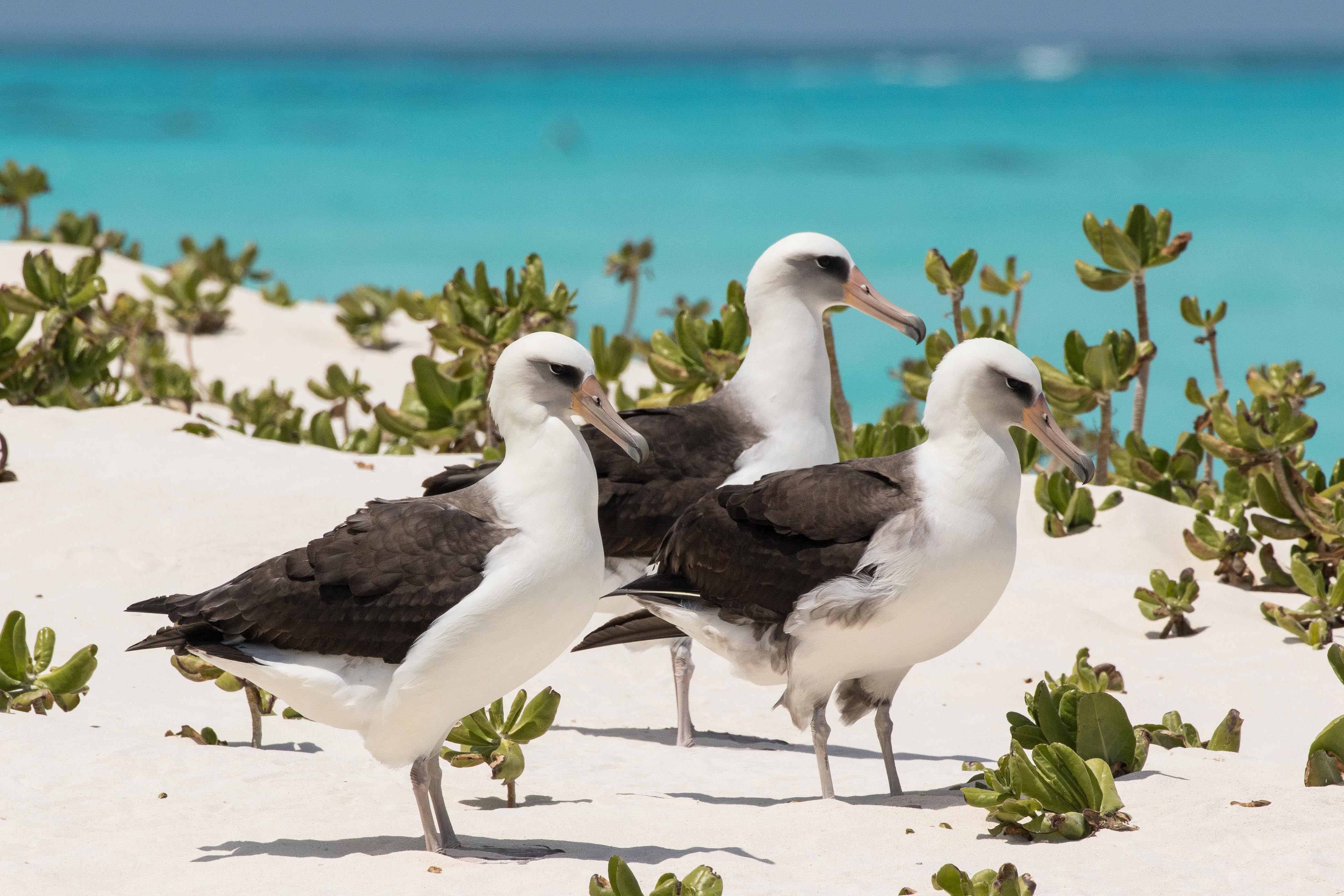 Laysan Albatrosses Phoebastria immutabilis (pictured) are globally Near Threatened and have most of their breeding populations on the low-lying atolls of the USA’s North-Western Hawaiian Islands making them susceptible to the effects of climate change. Photograph by Eric VanderWerf
Laysan Albatrosses Phoebastria immutabilis (pictured) are globally Near Threatened and have most of their breeding populations on the low-lying atolls of the USA’s North-Western Hawaiian Islands making them susceptible to the effects of climate change. Photograph by Eric VanderWerf
 English
English  Français
Français  Español
Español 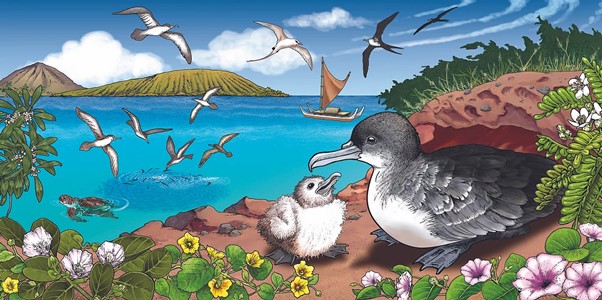
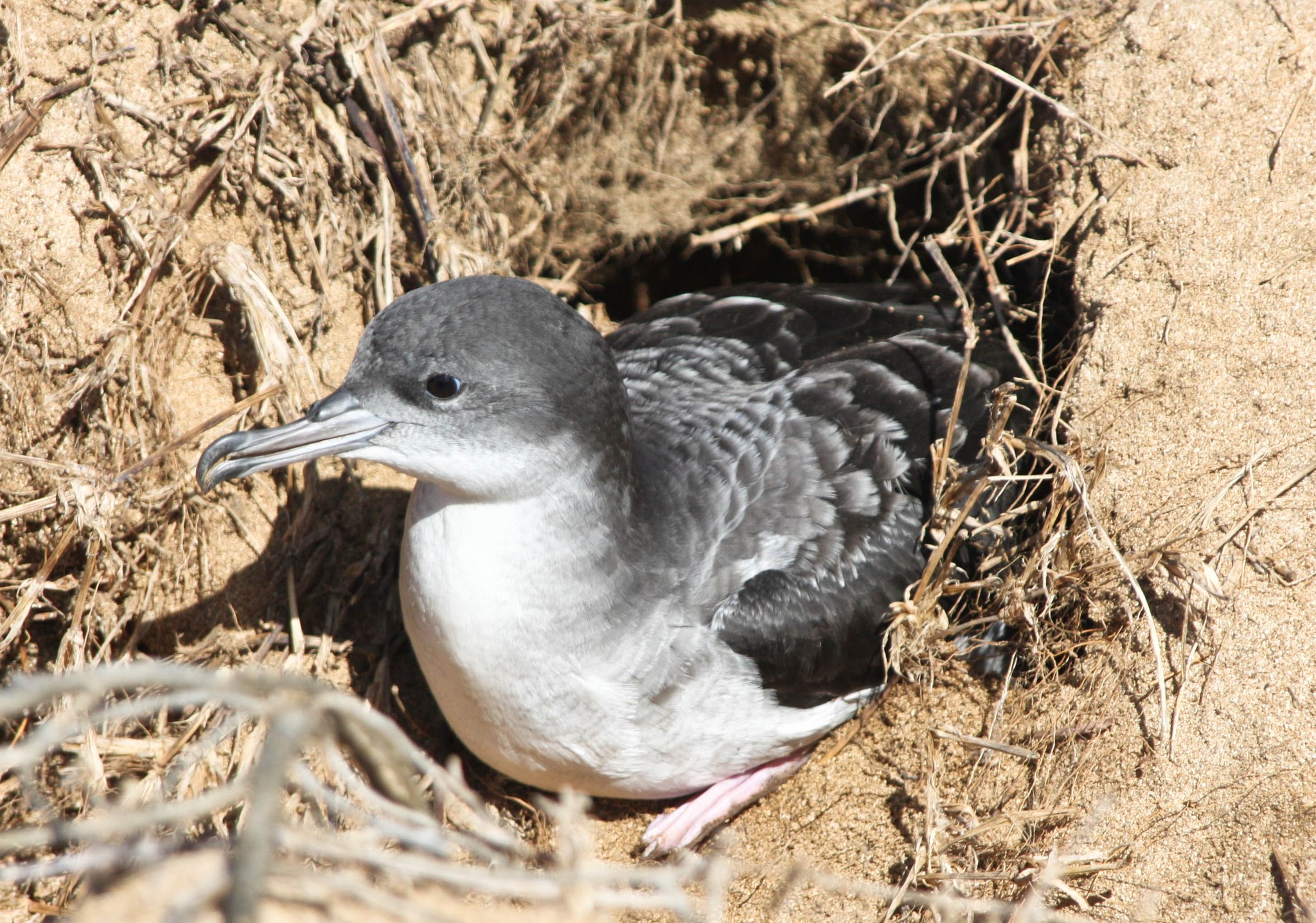
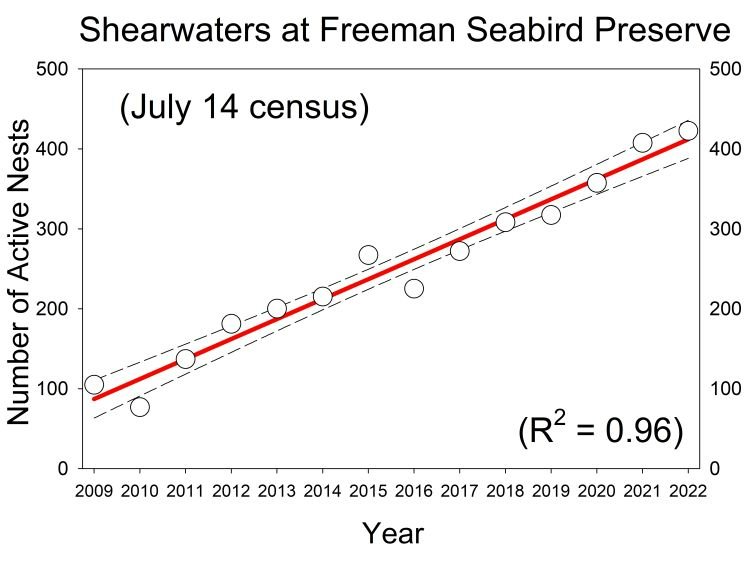
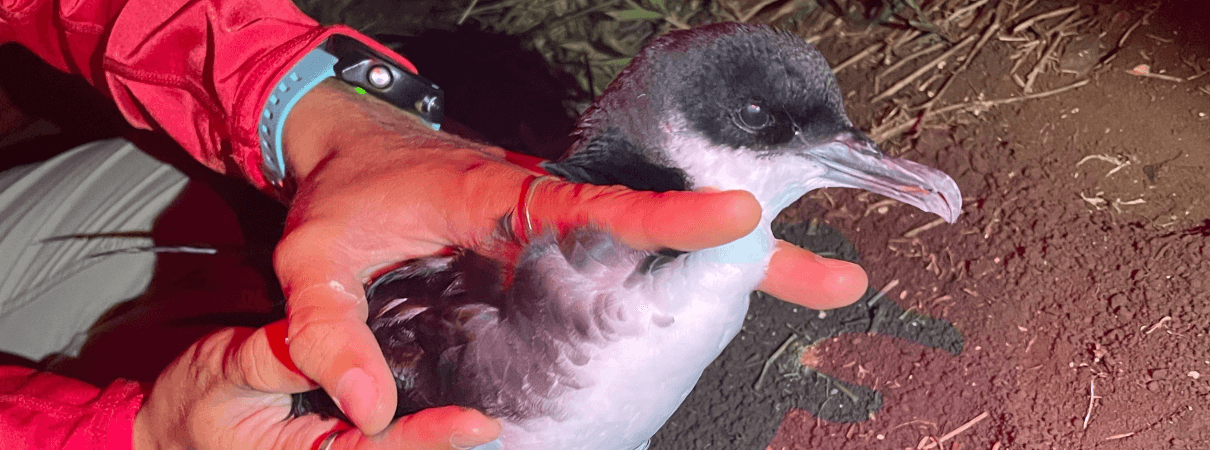
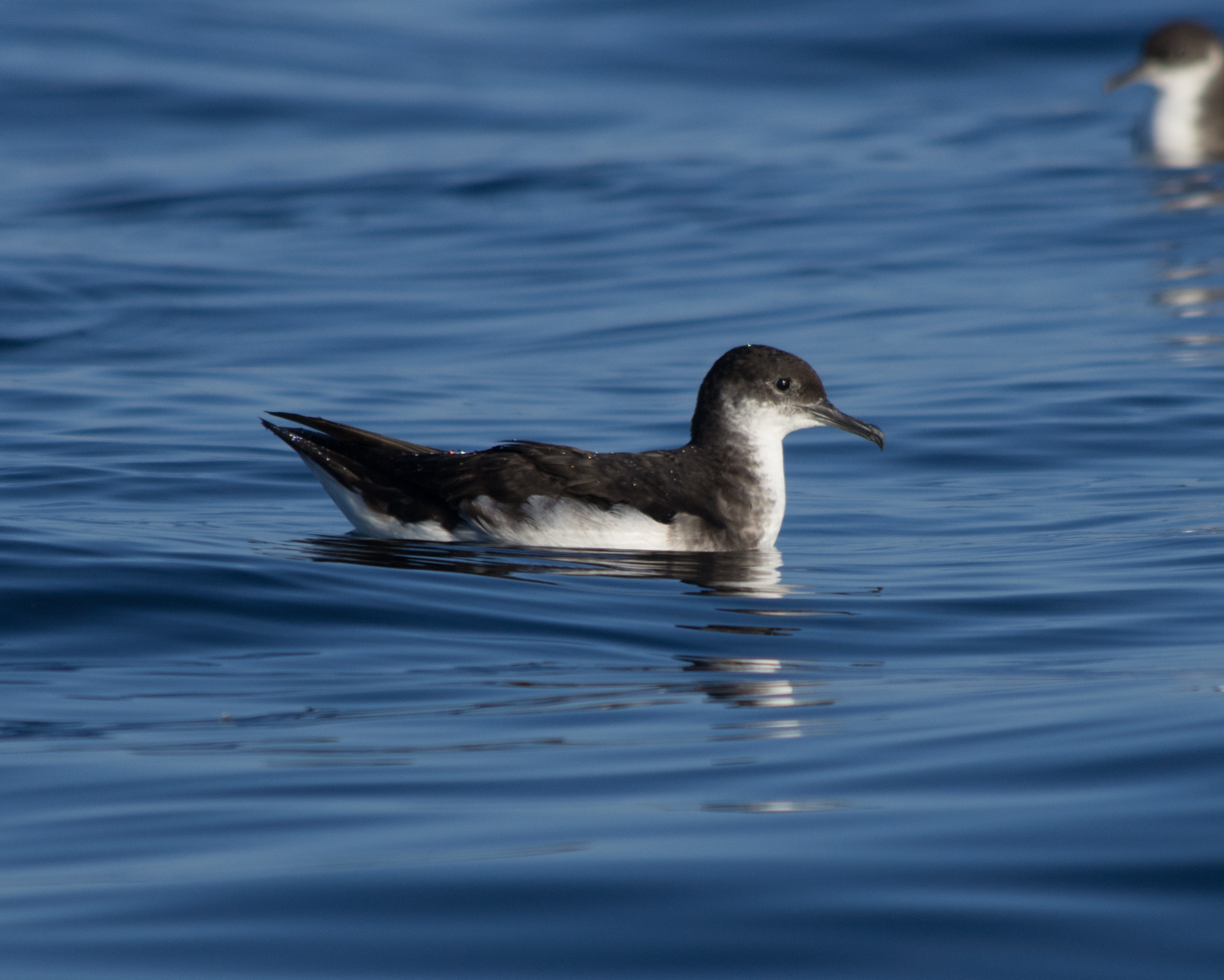 A Manx Shearwater; photograph by Nathan Fletcher
A Manx Shearwater; photograph by Nathan Fletcher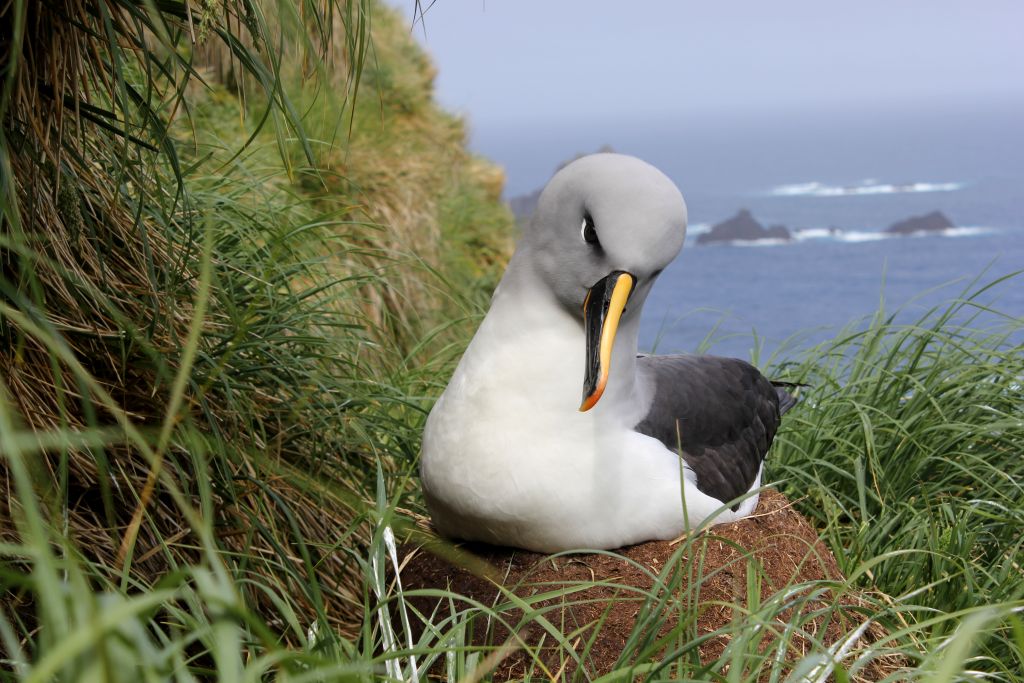
 A Campbell Albatross off North Cape, New Zealand; photograph by Kirk Zufelt
A Campbell Albatross off North Cape, New Zealand; photograph by Kirk Zufelt The summary as follows:
The summary as follows: